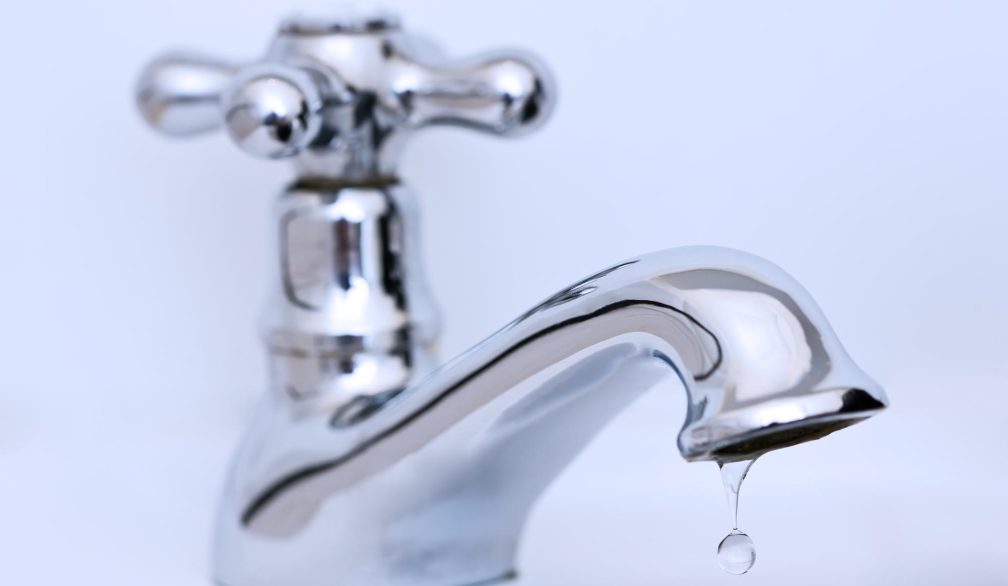Central Coast Plumber Teaches How to Find Water Leaks In Your Pipes

There are lots of places leaks can occur both inside and outside your home. Some leaks are visible while others will take some investigation to uncover and repair.
All leaks, even minor ones, need to be addressed straight away. As small and innocent as the escaping water may appear, each drop adds up very quickly in a short space of time. A dripping tap will waste a few litres of water every hour while a running toilet will use thousands of litres a day, adding to your water bill and putting unnecessary pressure on our limited resources.
Some leaks will also be doing extensive damage behind the scenes, allowing the wood, tiles, plaster and ceilings of your home to soften, become diseased or rot and cause health issues for occupants and pets through mildew and bacteria growth.
Common places where leaks can occur
-
- Taps
-
- Toilets
-
- Bath and shower recess
-
- Hot water tanks
-
- Garden hose connections
-
- Pools and spas
Getting a leak repaired as soon as possible reduces the damage and helps keep maintenance costs down.
How to Find Water Leaks
Check your water bill. If your water bill has increased without reason the first thing to do is check for leaks.
Without a water metre
Do a visual check of your taps and look for wet areas that might give clues to where leaks are coming from.
You may notice spots or stains developing on your ceiling panels or the base of your walls, even slight discolouring can be an indicator and can grow quickly. You can also touch walls to feel for dampness as well as keep an eye on plaster and paint that might be starting to bubble or swell.
Outside look for any unexplained wet patches on your lawn or pavements or places where the grass is growing faster and lusher than everywhere else.
If you can’t find anything it could be that your leak is located underground, under your home or well within your property walls. You can call a plumber straight away for advice or do a further test for leaks using your water metre.
Using your water metre
Your water metre counts every drop of water being used in your home. When you are not using water the counter should be still. As well as a measured reading most water metres will also have a small dial that spins when water is being used.
Find a time when you know you can go without water in your home for an hour or so. Go through your property and make sure everything is turned off, including dishwashers, washing machines and drip systems.
Write down the number currently shown on your property water metre. If you have a spinning dial this should be still. Leave everything off for one hour and record the metre number again. They should be identical. If not, it’s time to work out where the leak is and repair it.
How to Fix a Leak
The only repairs that you can legally manage yourself are the minor ones, such as changing a tap washer or fixing a toilet flapper. Anything larger, more complex or more detailed than this will require a licensed plumber. This is to protect you, your property and any future owners who might purchase the home from you.
If you have a leak but don’t know where it is coming from, call a plumber as soon as possible. Plumbers use sophisticated leak detection technology and can see inside your pipes for problems such as cracks and tree roots.
Finding leaks before you call a plumber can save you time and money so it’s important you stay diligent and take action as soon as possible.









